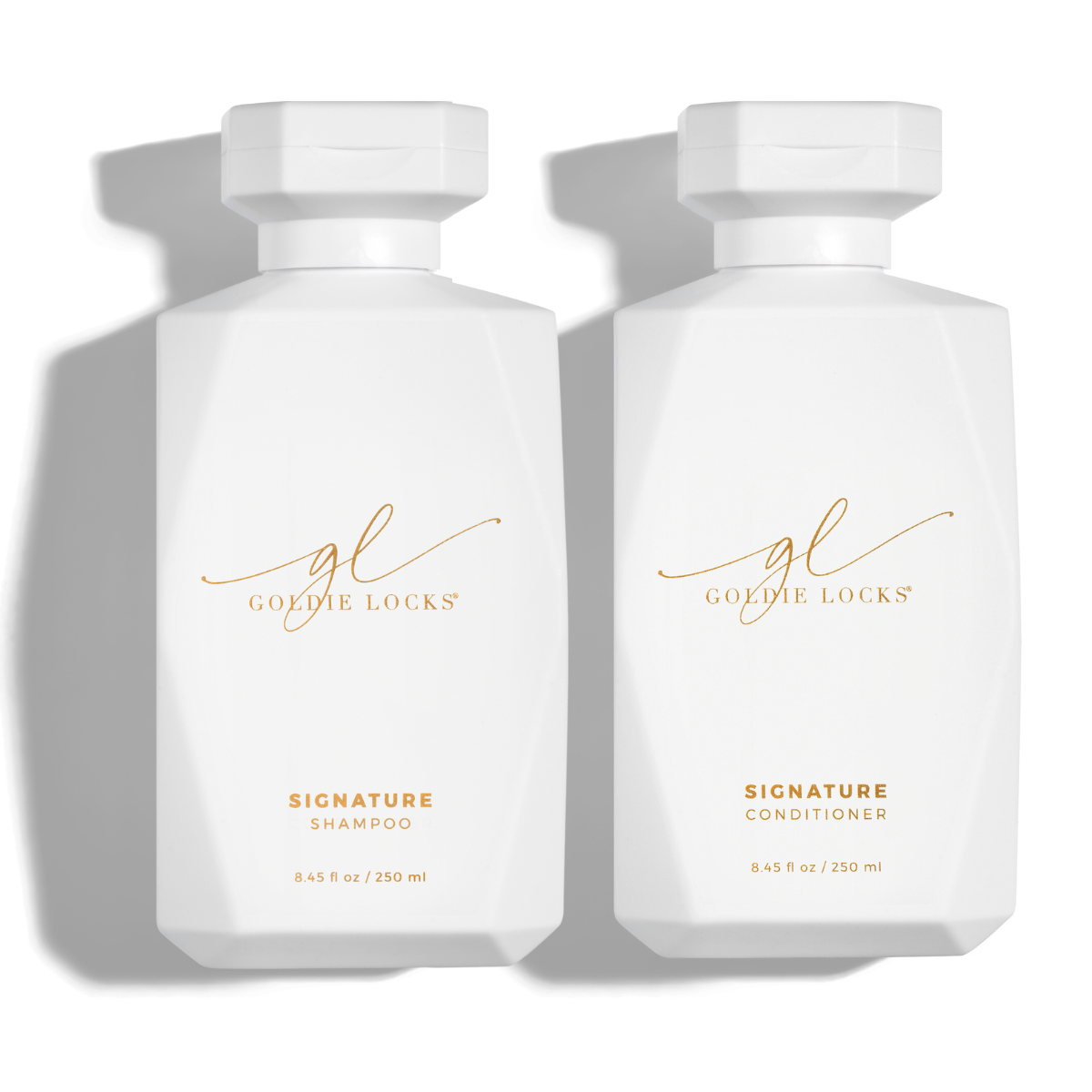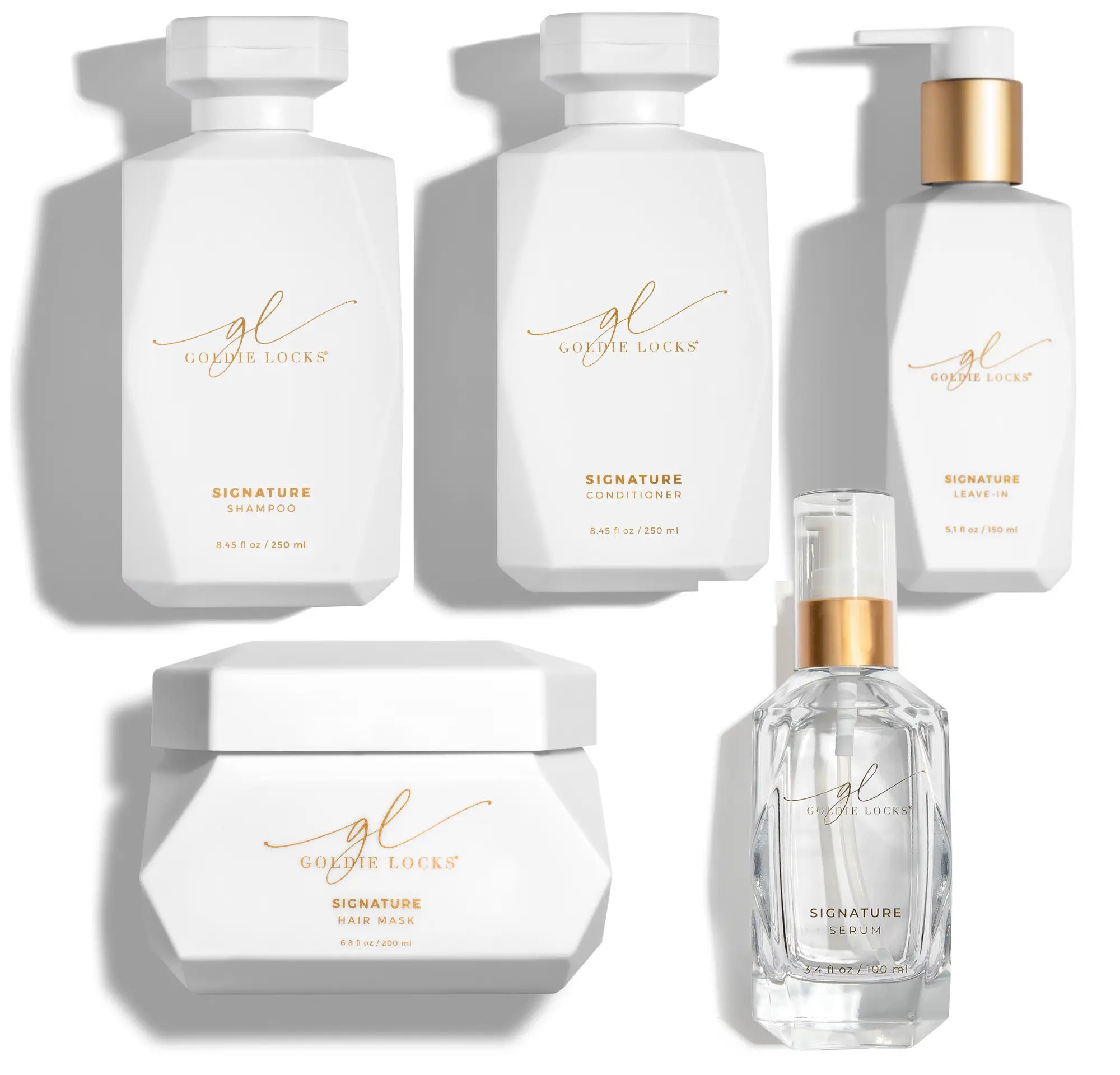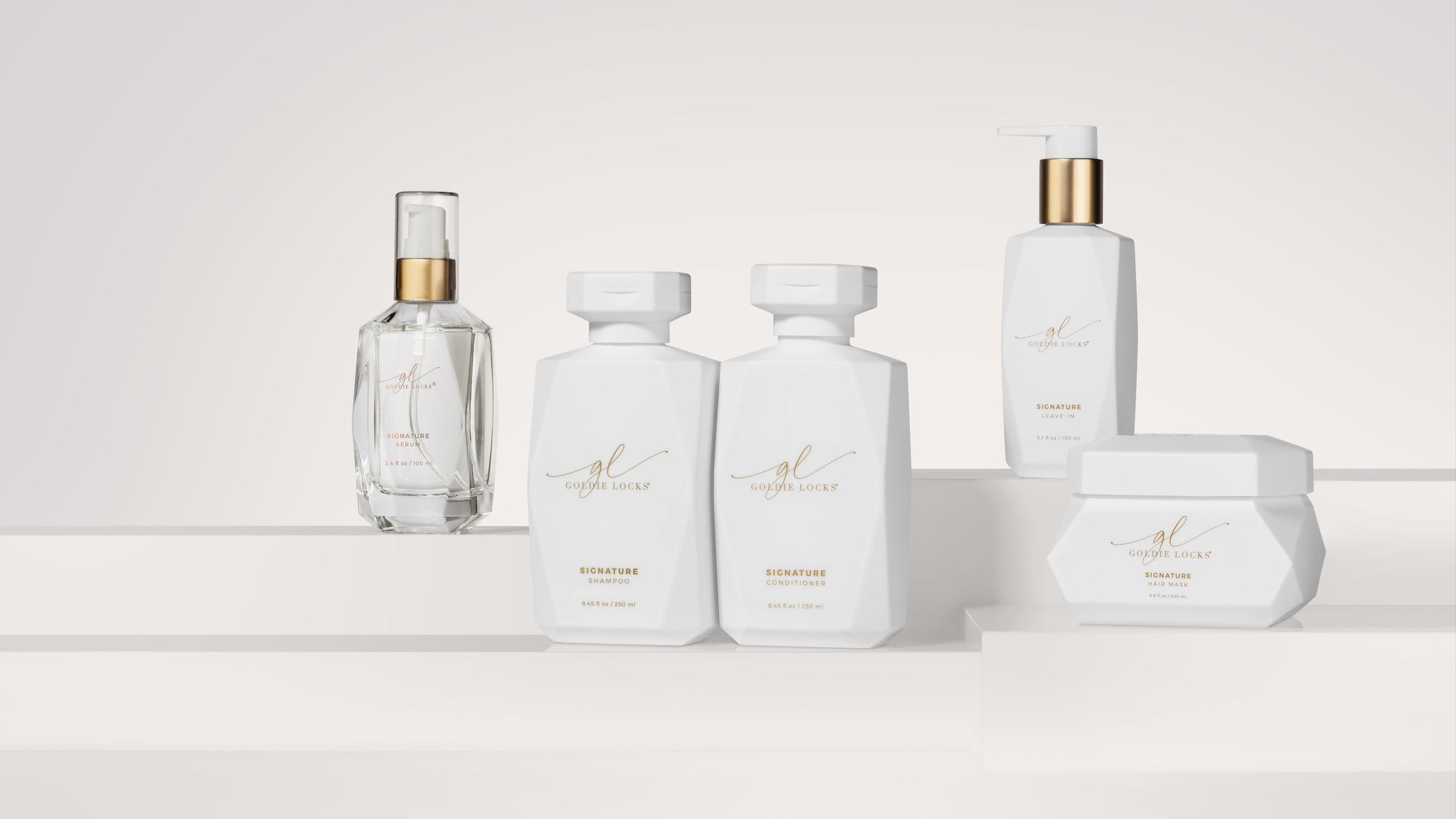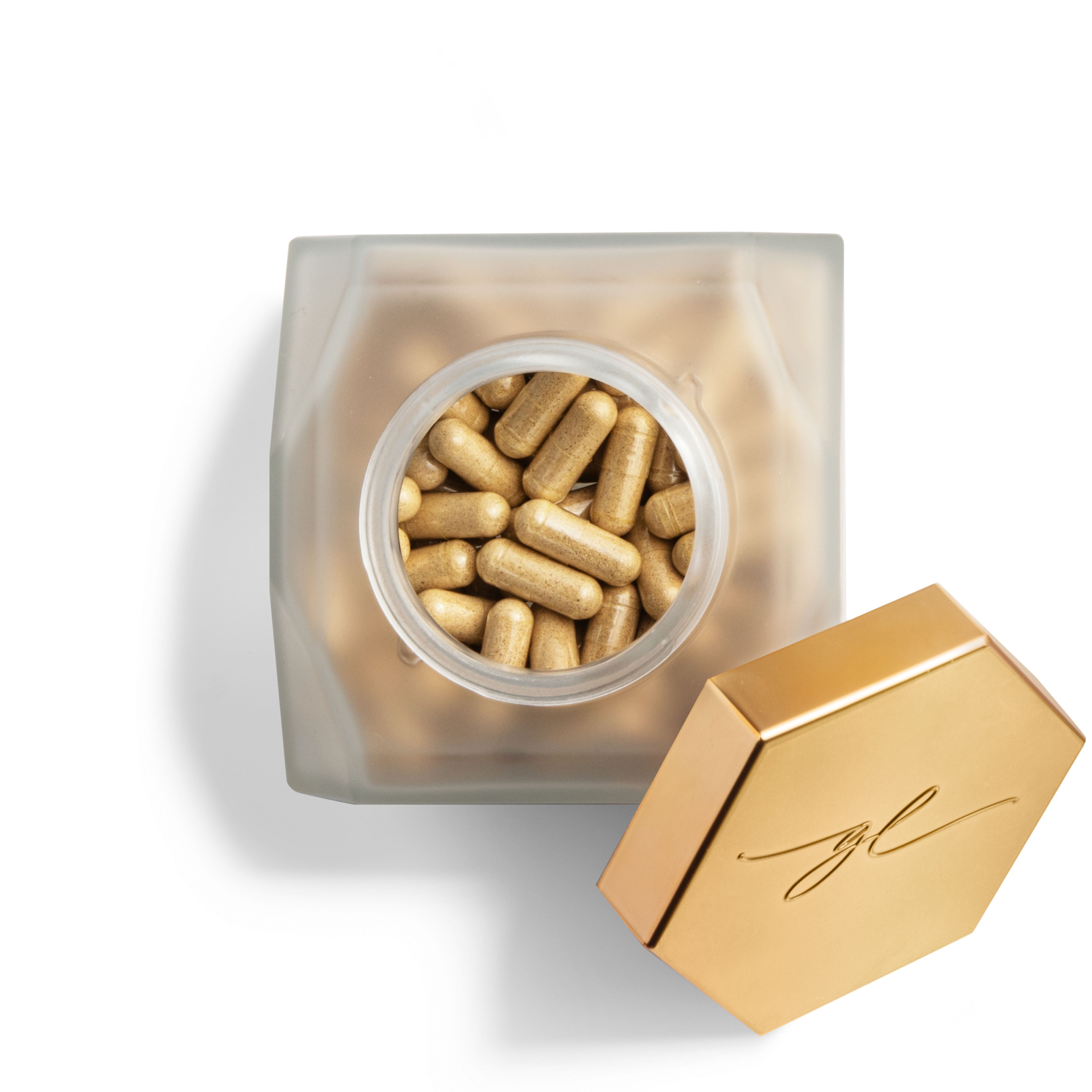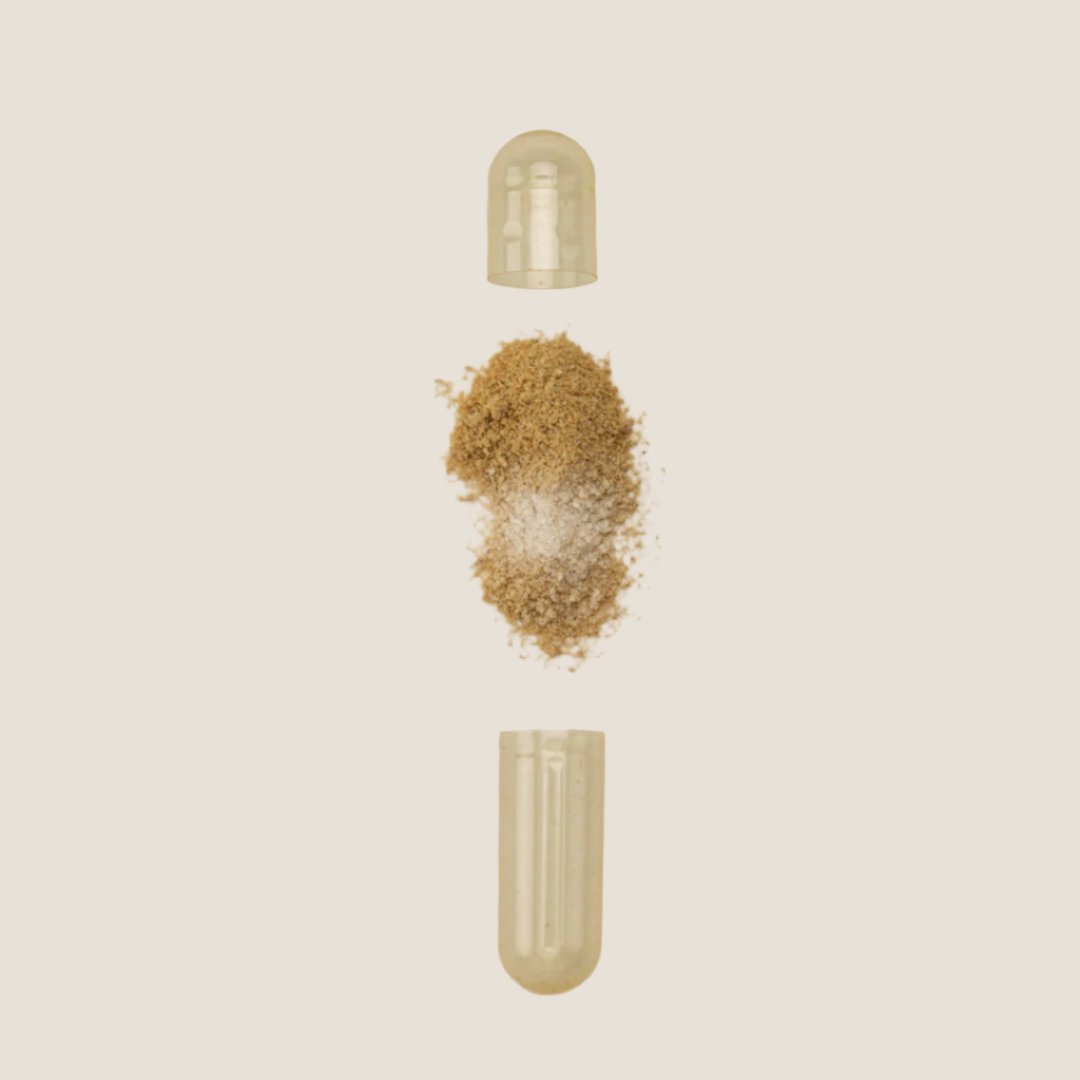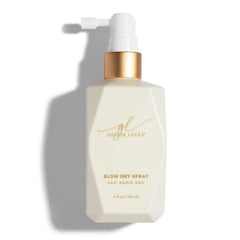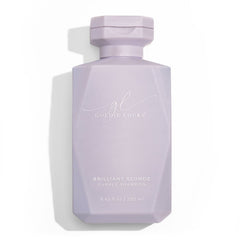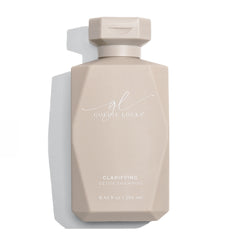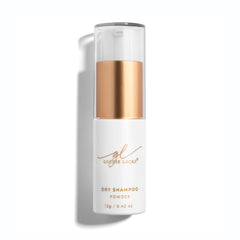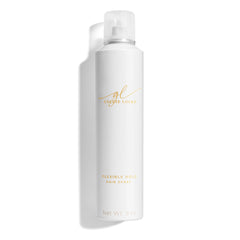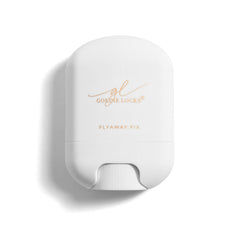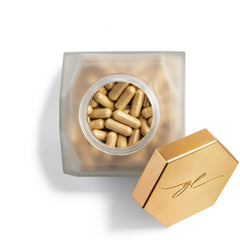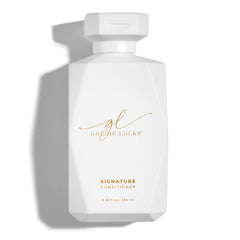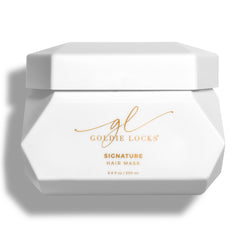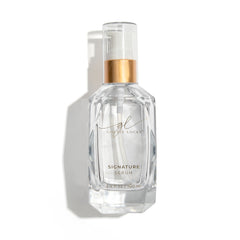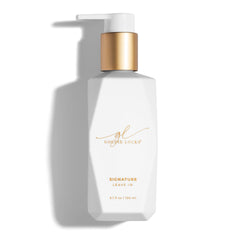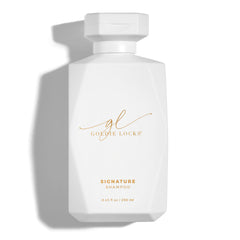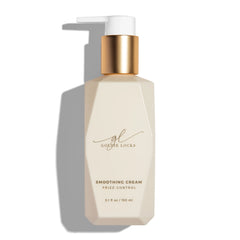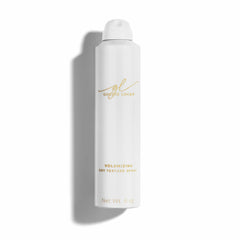Today, we're delving into the world of fine hair. If you've ever found yourself asking, 'what is fine hair?' or 'is my hair fine or thin?', then you're in the right place!
Fine hair, often misunderstood and sometimes even dreaded, is actually a unique hair type with its own set of benefits and challenges. Contrary to popular belief, having fine hair doesn't equate to less hair or lackluster styles. On the contrary, with proper care, it can look absolutely stunning.
In this comprehensive guide, we'll untangle the misconceptions around fine hair, explore its characteristics, share tips on how to care for it, and even suggest some flattering cuts to bring out the best in your fine tresses.
Index
What Is Fine Hair?

Fine hair refers to the thickness, or rather the thinness, of individual hair strands. When we talk about fine hair, we're discussing the diameter of each hair strand, not the number of strands on your head. You can have a ton of fine hair strands and still have a full head of hair! So, let's dispel the myth right away, having fine hair does not mean you have thin hair.
The texture of your hair, whether coarse, medium, or fine, is determined by the width of the hair shaft. Coarse hair has the widest shaft, medium hair is, well, medium, and fine hair has the smallest shaft. When you touch fine hair, it often feels almost weightless, silky, and smooth.
Fine Hair Texture
When we talk about 'fine hair texture', we're referring to that silky, soft feeling of fine hair strands. Due to the thin diameter of each hair shaft, fine hair typically feels smoother than coarse hair. Additionally, fine hair is often straight, as the small diameter of the strand doesn’t provide enough structure for curls or waves.
Fine Hair vs Coarse Hair
Comparing fine hair to coarse hair, coarse hair feels rougher and thicker to touch. It also tends to be more resilient to damage than fine hair, which is delicate and prone to breakage. If you curl or style coarse hair, it'll likely stay put longer than fine hair, which tends to fall flat due to its light weight.
However, the advantage of fine hair is its natural shine. Light can easily reflect off the smooth, flat cuticle surface of fine hair, giving it a natural gloss that coarse hair often lacks. So, the next time you’re envying the volume of coarse hair, remember, they’re probably wishing they had your shine!
Fine Hair vs Thin Hair
Understanding the difference between fine hair and thin hair is crucial. As mentioned before, 'fine hair' refers to the diameter of your individual hair strands. In contrast, 'thin hair' refers to the overall density of your hair, or how closely your strands are packed together on your scalp. You could have fine hair but still have a high density of hair strands, resulting in a thick-looking mane.
As you can see, it's all about balance and perception. You might be dealing with fine hair, thin hair, or both, but each has its unique characteristics and care routine. Understanding your hair type will help you make informed decisions on how to care for your hair, which products to use, and even which haircuts would suit you best.
The Challenges & Benefits Of Fine Hair

Having fine hair is neither good nor bad, it's simply a different type of hair that comes with its own unique set of characteristics. As with all hair types, there can be challenges, but there are also numerous perks. Let's dive into them!
Is Fine Hair Bad?
One of the first myths we need to debunk is the idea that fine hair is inherently 'bad.' This is simply not true! Fine hair, just like coarse or medium hair, has its pros and cons. It's all about how you embrace and care for your hair type.
Dry Fine Hair
One common hair concern people with fine hair often deal with is dryness. Due to its small diameter, fine hair has less natural oil than coarser hair types, leading to a propensity for dryness. But, this issue is easily addressed with the right hair care regimen and products (which we will discuss in an upcoming section).
Fine Damaged Hair
Another challenge for fine hair is its susceptibility to damage. Since each hair strand is thinner, it's more prone to breakage from heat styling, coloring, and even rough brushing. Again, don't worry, we'll talk about how to mitigate these risks in our hair care section.
The Bright Side Of Fine Hair
There's a lot to love about fine hair! Its natural shine and silky texture are enviable. It's generally easier to manage and quicker to dry than other hair types. Also, fine hair tends to hold color better and longer, which is great news if you love experimenting with hair dye.
Can You Improve Fine Hair?
Yes, absolutely! While you can't change the natural thickness of your individual hair strands, you can definitely improve the strength, health, and appearance of your fine hair. How, you ask? Well, that's what we're about to reveal in the next section. Keep reading as we dive into the perfect hair care routine for fine hair.
Hair Care Routine For Fine Hair

Whether you're dealing with dryness or seeking to prevent damage, the right hair care routine can transform your fine hair into its most glorious state. Here, we'll explore products and habits you should incorporate into your routine to keep your fine hair healthy and vibrant.
#1. Wash With Care
When washing fine hair, less is more. Overwashing can strip away your hair's natural oils, leaving it dry and vulnerable to damage. Try washing your hair 2-3 times a week. On days in-between, you can use a dry shampoo to keep your hair fresh.
We recommend using the Goldie Locks® Signature Shampoo, which is specially formulated for fine hair. This product is gentle yet effective, cleansing your hair without removing its natural oils.
#2. Condition Strategically
Fine hair can easily become weighed down by heavy conditioners. The solution is to condition your hair sparingly, focusing mainly on the ends. This keeps your hair hydrated without making it flat or greasy.
The Goldie Locks® Signature Conditioner is a perfect partner to our shampoo. It's lightweight and nourishing, designed to hydrate your ends without burdening your roots.
#3. Gentle Drying
Blow drying your hair can add volume, but excessive heat can lead to damage. To protect your hair, we recommend the Goldie Locks® Blow Dry Spray 450° Style Extender. Not only does it shield your hair from heat up to 450°F, but it also reduces blow-dry time by up to 50%, meaning less heat exposure and faster prep time.
A great trick is to blow dry your hair until it's 75% dry, then let it air dry. Or vice versa, wait until air is 75% dry and then blow dry for added volume. This way, you’re protecting your fine hair, locking in the style, and preventing potential heat damage.
#4. Regular Haircuts
It might sound counterintuitive, but regular trims can actually help your fine hair. Keeping your hair free of split ends can make it look fuller and healthier. Our Goldie Locks® Signature Serum also helps protect your hair from breakage, especially beneficial for those with fine hair.
#5. Overnight Care
Invest in a silk bonnet or silk pillowcase. Silk causes less friction, reducing the chance of breakage and split ends while you sleep. This simple change can leave you with smoother hair in the morning.
By incorporating these steps into your routine, you can start enjoying the best that fine hair has to offer. Up next, we’ll share haircuts that can enhance your fine hair's natural beauty.
The Best Haircuts For Fine Hair

Haircuts can significantly impact how your fine hair looks and behaves. The right cut can add body, movement, and make your hair appear fuller. Here are some haircuts that work wonders for fine hair.
Choppy Bobs
This haircut is all about layers and texture. A well-structured choppy bob adds definition and movement to fine hair. The tousled, textured layers make your fine strands appear thicker and fuller. For an added touch, our Flyaway Fix Hydrating Pomade Stick can help define those choppy layers and add some shine.
Graduated Bob
A classic or asymmetrical bob is an excellent choice for shoulder-length fine hair. The straight edge and layered structure create a thicker appearance, making it an ideal cut for fine hair.
Pixie Cut
This short, textured cut can add volume and interest to fine hair. It's easy to style, practical, and cuts down on drying time. With a pixie cut, your fine hair can have a bold, edgy look.
Disheveled Lob
A longer bob with cleverly-structured layers can add bounce to fine hair. The length and layers work together to give an illusion of volume.
Stacked Bob
A stacked bob is a classic cut that adds a dimension of volume to fine hair. It includes precisely cut layers to create a rounded bob shape. For those who like a bit of control over their style, our Flexible Hold Hair Spray can help maintain the shape and volume of your stacked bob.
Remember, the right haircut is just one part of the puzzle. A comprehensive hair care routine is crucial to maintaining the health and appearance of your fine hair.
How To Prevent Thinning Of Fine Hair

Fine hair isn't necessarily bad or more prone to damage, but certain practices can further thin your hair. Although there's no surefire way to prevent thin hair entirely, there are good habits you can adopt early to discourage thinning later in life. Below we discuss some of these preventative measures to keep your fine hair looking its best.
#1. Nutrient-rich diet
Your diet plays a vital role in hair health. Make sure it's rich in fresh fruits, vegetables, and proteins like fish and eggs. Proper nutrition is key to maintaining healthy hair and can strengthen your hair from the inside out.
#2. Maintain good scalp health
The health of your scalp directly impacts your hair growth. Remember to brush your hair gently every day. Doing so not only detangles your hair but also stimulates blood flow to your scalp, encouraging healthy hair growth.
#3. Supplement your diet
While maintaining a balanced diet is crucial, sometimes your hair needs an extra boost. That's where supplements come in. Consider taking our Goldie Locks® Hair Supplements. These supplements are formulated with essential vitamins and minerals known to promote hair health and stimulate growth. We recommend consulting with a healthcare professional before starting any new supplement routine.
#4. Choose your hair products wisely
Not all hair products are created equal. Some can even aggravate your hair conditions. Avoid shampoos containing sulfates as they can irritate your scalp and weaken your hair shafts, potentially leading to thinning. Instead, opt for our Goldie Locks® Signature Shampoo. It is sulfate-free and gentle on both your hair and scalp, making it an excellent choice for fine hair.
In conclusion, maintaining and caring for fine hair may require some extra attention, but by understanding your hair's unique characteristics and adapting your hair care routine and styling techniques, you can maximize your hair's potential. Be gentle with your hair, nourish it well, and choose the right hair care products that cater to your needs.
Final Thoughts
Now that we’ve armed you with the knowledge of what fine hair is and how to take care of it, it’s time to start showing your hair the love it deserves! Remember, fine hair isn't a curse, and with the right care, it can be as luscious and beautiful as any other hair type. The key is to use the right products and to treat your hair with kindness.
We recommend specially formulated products that are designed to protect, nourish, and give your fine hair the volume and shine it deserves. From our Signature Shampoo and Conditioner to our Flyaway Fix Hydrating Pomade Stick, you're sure to find something that fits seamlessly into your fine hair care routine. Don't forget to add our Hair Supplements to your routine to help maintain your hair's overall health and reduce the risk of thinning!
There's never been a better time to embrace your fine hair and provide it with the care it craves. It's time to transform your fine hair from fragile to fabulous! So why wait?

